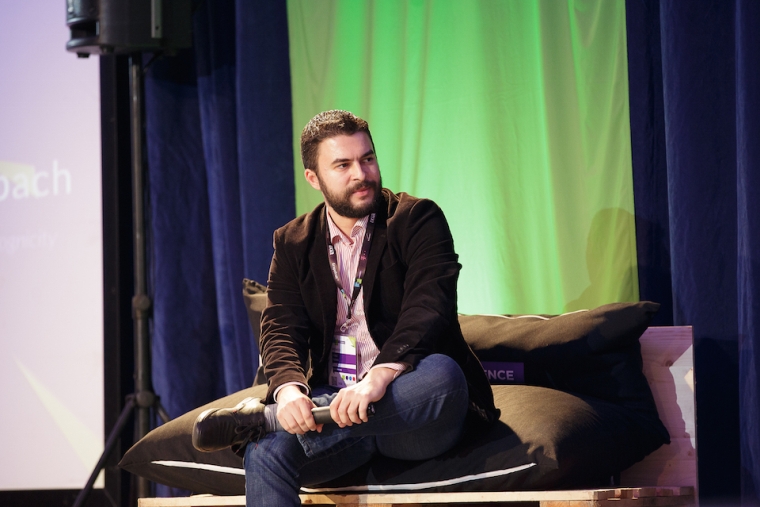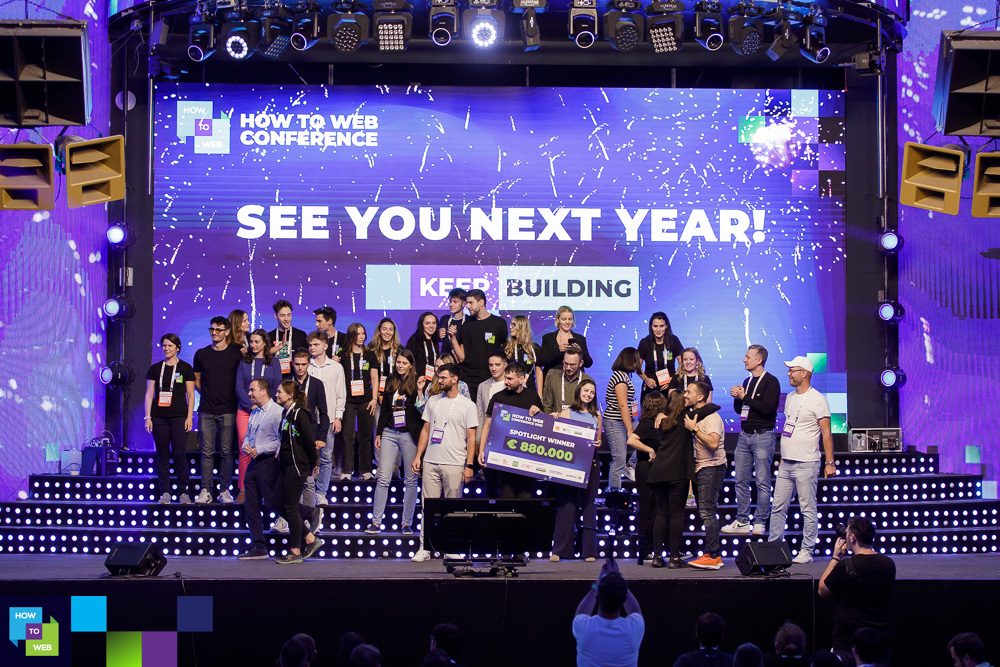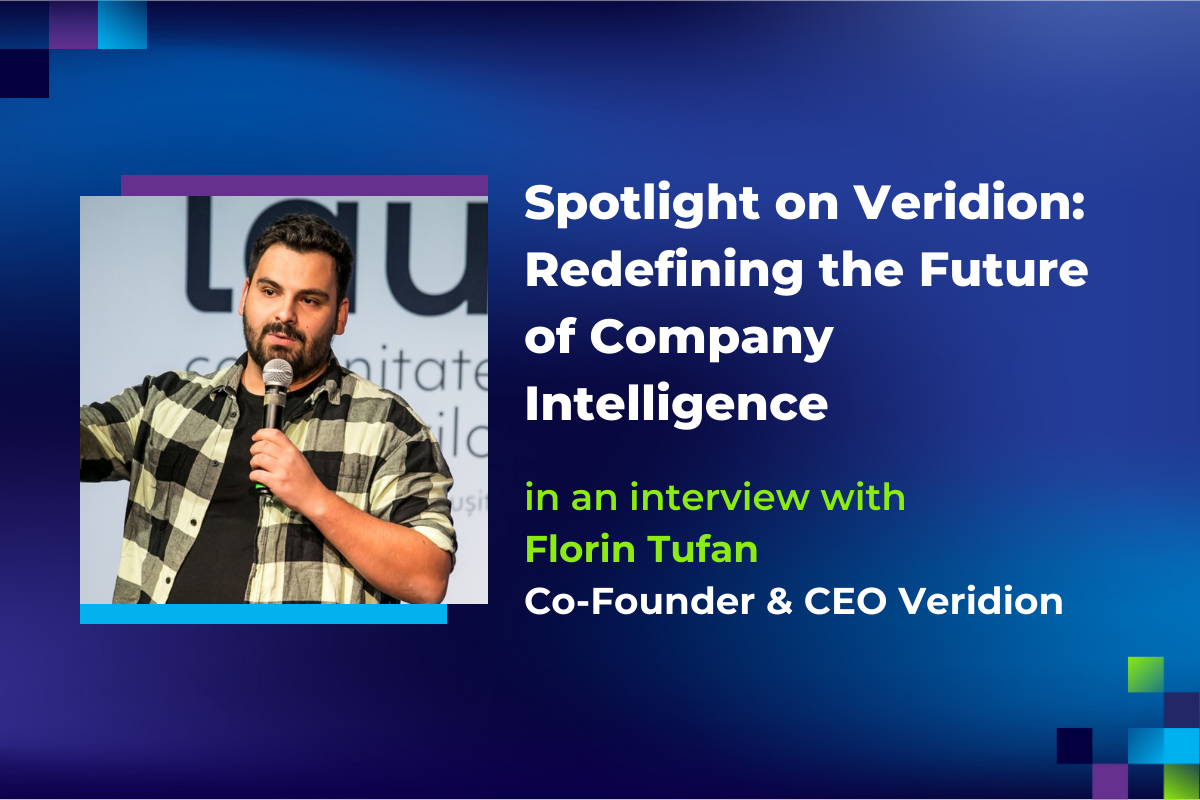2 July, 2017

Almost 7 years ago, Mihai Rotaru and Alexandru Dumitru were starting a new project during the first ever Startup Weekend event organised in Romania. The project would become CleverTaxi – launched in 2011 in partnership with Orange as an aggregator of taxi services accessible via the CleverTaxi mobile app.
Backed by Andrei Pitis as an early investor and technical expert, the company started to grow. In 2013 it introduced the now famous command desks at the Otopeni Airport, then in 2014 raised an undisclosed round from Neogen / Calin Fusu.
But competition grew significantly. Meridian Taxi and Speed Taxi developed their own apps and command desks in 2013, and in 2014 Uber was launched in Romania. Not many people were confident that CleverTaxi, which scaled in 20 cities in Romania, would become a success story. Until last week, when CleverTaxi was acquired by Daimler through their subsidiary My Taxi (which previously has acquired Hailo), in a $10m+ acquisition for a company with reported $400k in revenue and $25k net profit in 2016.
Q1: What plans did you have for CleverTaxi when you started the business? What was the state of the taxi industry back then?
The first idea of CleverTaxi was created at the first ever Startup Weekend Romania event, back in 2010. We looked at the taxi market and saw many problems with it, from the quality of the service to the simple fact that finding an available taxi was so difficult, even though one could be just 500m away from you and you just wouldn’t know. So why not just connect directly the user with the closest available driver, no middle-men? That’s an app.
Originally we thought we would go global day 1. We had a very large global database of taxi companies, emailed them the idea and waited. The answer was overwhelming (literally 10x of expected replies), so we started to work on the actual concept. However, after starting to build the product we understood how fragmented the global markets actually were, small but numerous differences existed and building a one-size-fits-all solution seemed near impossible. So we initially focused on Romania with the plan to expand regionally.
Unfortunately the global market later became very capital intensive and we just didn’t have the experience to raise enough funding. So we picked our battles again and focused on the local 1Bn market – which was still a good shot. In the end we returned an excellent multiplier to investors, mostly because we were just efficient in spending the money.
Q2: What were the main barriers in growing/scaling the business? How hard was it to find clients in smaller cities? Are taxi drivers ready for a digital-first client?
The 0-day barrier was actually convincing drivers to use a smartphone and making it simple enough be to used without extensive training. Fortunately we found early adopter drivers that helped us to then build a simple enough to use product to address the whole age spectrum.
It is very much a work tool for drivers now. Currently taxi drivers rely on us for near half their business. So they are in the digital age. Interestingly enough, outside Romania other apps have weaker metrics – that is to say, consumers and drivers actually use the apps less than here. So we have a very good digital market already.
Q3: There are quite a few mobile apps on the market: StarTaxi, Uber, the apps of SpeedTaxi, Meridian Taxi. What was special with CleverTaxi? How important was the quality of the product and service vs. aggressive marketing?
In the local taxi market service availability beat product in the early days. We had less money and a worse product than our competition – so we hustled. We focused on service and did the best we could to have the largest driver network. The app wasn’t pretty, but it worked well.
We did partnerships with Orange, with other consumer brands and with taxi companies. Built APIs and software to support those integrations and partnerships. That helped us go through the months when competition was burning marketing money that we didn’t have. When everything settled we were able to raise a new round, grow the team and start focusing on the product.
The market is huge and it’s growing by the year. Millennials are owning less cars and using taxis more. So the market is just growing and growing. Uber coming in didn’t apparently slow us down, we still had 3x YoY growth – though we might have had more otherwise.
In the early days we focused a lot on having a good supply – i.e. just finding a car. Nowadays we’re focusing a lot on quality – the average driver rating is one of the more important KPIs for us and it is quite good.
A newer lesson learnt however is hype and PR. When building a consumer product good experience keeps your users and helps organic growth. But hype and aggressive PR means you can just explode.
So we’re learning this lesson and adapting to the new game.
Q4: The acquisition value is significant, even more compared to the unofficial numbers of annual revenue and profit. What was Clever Taxi’s secret sauce in this transaction?
Numbers can be tricky. You can charge a lot and give all of it back in bonuses. You can also report driver revenues / marketplace sales as your own and have a huge revenue, but negative profits. Or, if you have less of a war chest, you can hustle and keep fees low to gain marketshare.
For example, our GMV – effectively sales generated – were in the mid 8-figures in Euros. Which is a lot for the local market. We had more drivers, users and rides than any of our competition – “ride-sharing” included.
Essentially, our secret sauce – we were market leaders. Applies to any consumer business, more so to supply-demand-dynamic markets.
Q5. CleverTaxi is one of the startups that has deep roots in the Romanian ecosystem: started at a Startup Weekend event, then it partnered with the How to Web Conference and others for years. What are your plans for the future?
Definitely. We could not have gotten here without support from the Romanian startup ecosystem. When we started back in 2010 it was much smaller and the resources were scarce. In time it grew to the wonderful community that it is now. I believe one of the more important achievements for exits such as ours sits in the know-how and capital injection that the local ecosystem gets through the founders and key-employees.
Having this said, yes, I want to give back and get involved as much as possible with the local ecosystem – from being a mentor to an investor as well.
You may also like
How to Web 2023 brought together over 2,500 international participants, 60 global speakers, and an investment prize of €880,000 for the best Eastern European startup
Almost 7 years ago, Mihai Rotaru and Alexandru Dumitru were starting a new project during the first ever Startup Weekend event organised in Romania. The project would become CleverTaxi – launched in 2011 in partnership with Orange as an aggregator of taxi services accessible via the CleverTaxi mobile app. Backed by Andrei Pitis as an early investor… Read more »
0Spotlight on Veridion: Redefining the Future of Company Intelligence
Almost 7 years ago, Mihai Rotaru and Alexandru Dumitru were starting a new project during the first ever Startup Weekend event organised in Romania. The project would become CleverTaxi – launched in 2011 in partnership with Orange as an aggregator of taxi services accessible via the CleverTaxi mobile app. Backed by Andrei Pitis as an early investor… Read more »
0


